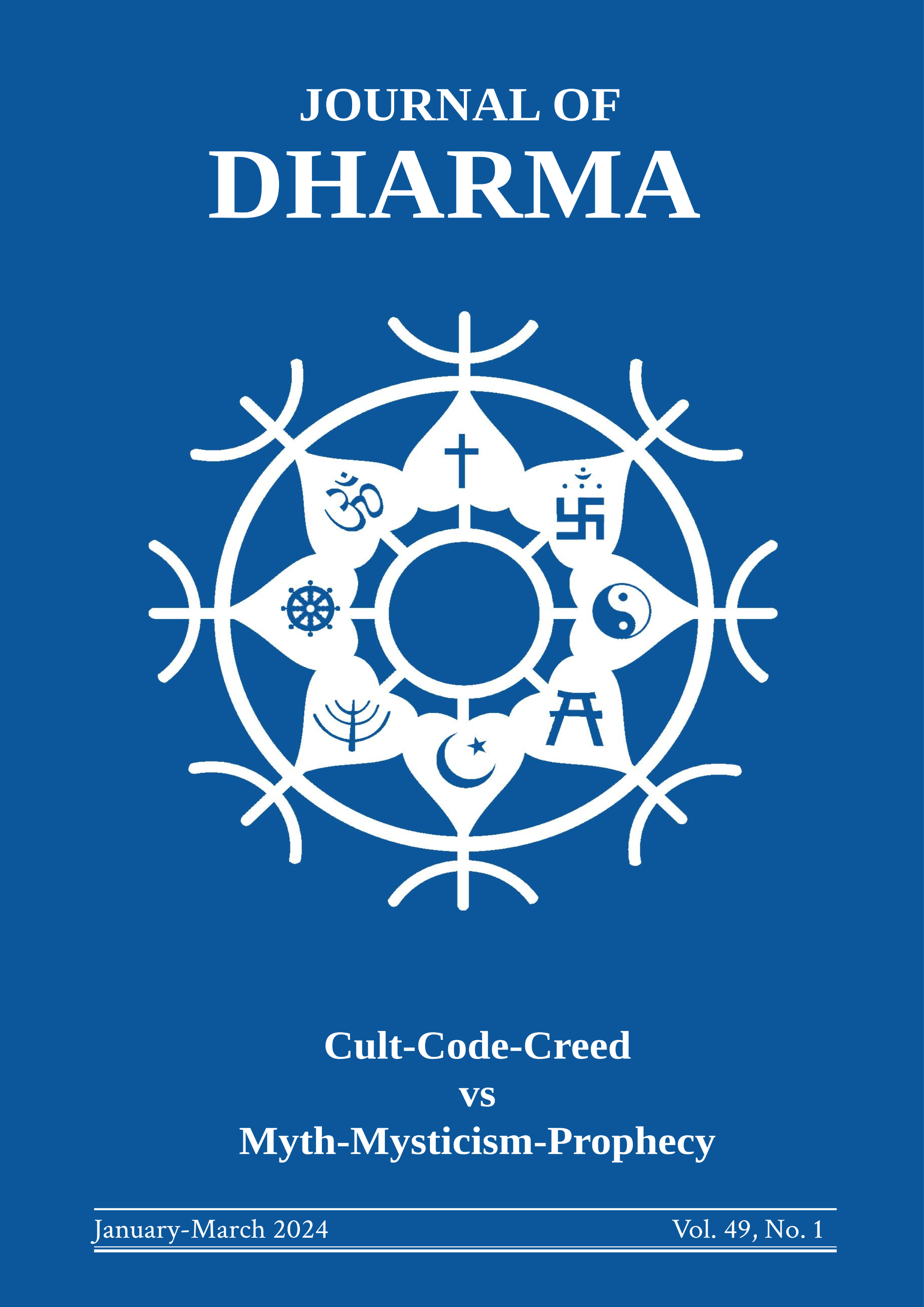THE SAPTANADĪ: MYTHICO-RELIGIOUS SIGNIFICANCE ON CONTEMPORARY INDIAN BIODIVERSITY
Keywords:
Hinduism, Seven Sacred Rivers, Geography, Ecology, Biodiversity, Sustainability, ConservationAbstract
The saptanadī (seven sacred rivers of Hinduism namely Gaṅgā, Yamunā, Godāvarī, Sarasvatī, Narmadā, Sindhu, and Kāverī) have played a crucial role in shaping the geography and ecology of India. This paper discusses the ecological importance of the saptanadī by exploring its religious and cultural significance. It connects with the mythico-religious aspect of the saptanadī and elaborately studies its prominent role in shaping the contemporary Indian biodiversity. The ecology of these rivers plays a significant role in the sustenance of various types of habitats in and around them. Hence, this paper also explores the various species in and along the banks of these rivers which contribute to the sustenance of various natural and non-natural habitats like forests, water bodies, farms, wetlands, fisheries, and bird sanctuaries.
Published
How to Cite
Issue
Section
License
Copyright (c) 2024 Journal of Dharma

This work is licensed under a Creative Commons Attribution-ShareAlike 4.0 International License.

